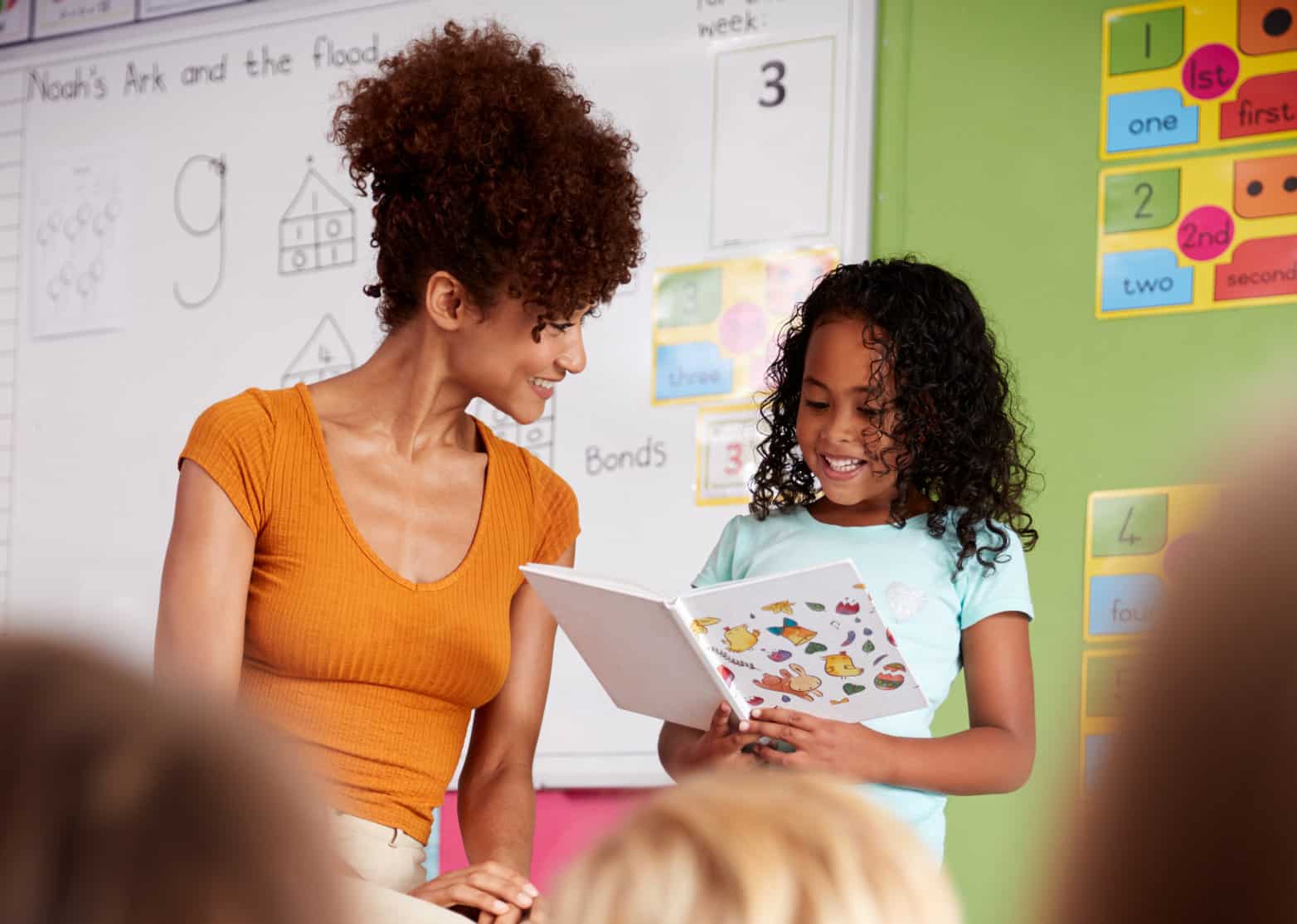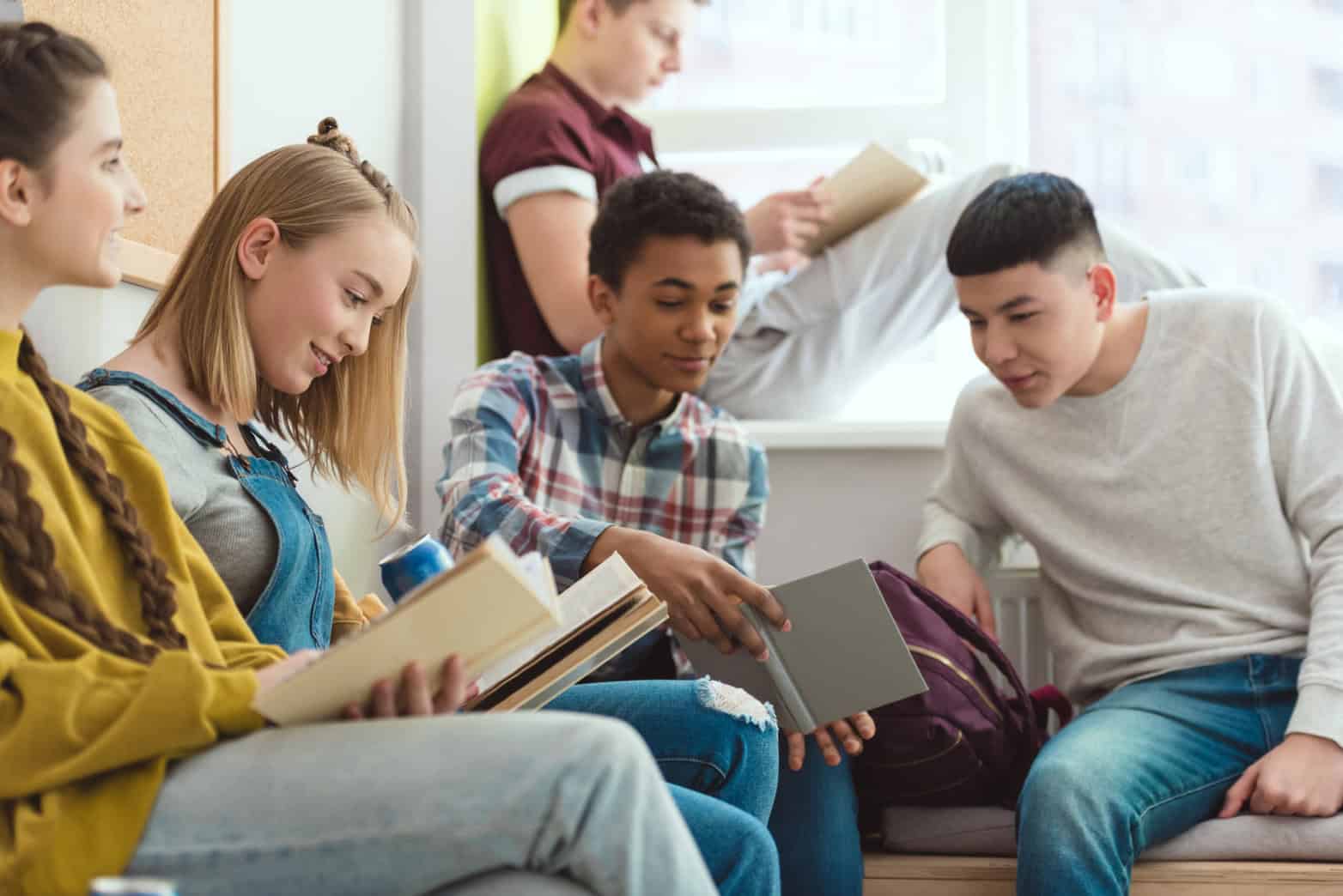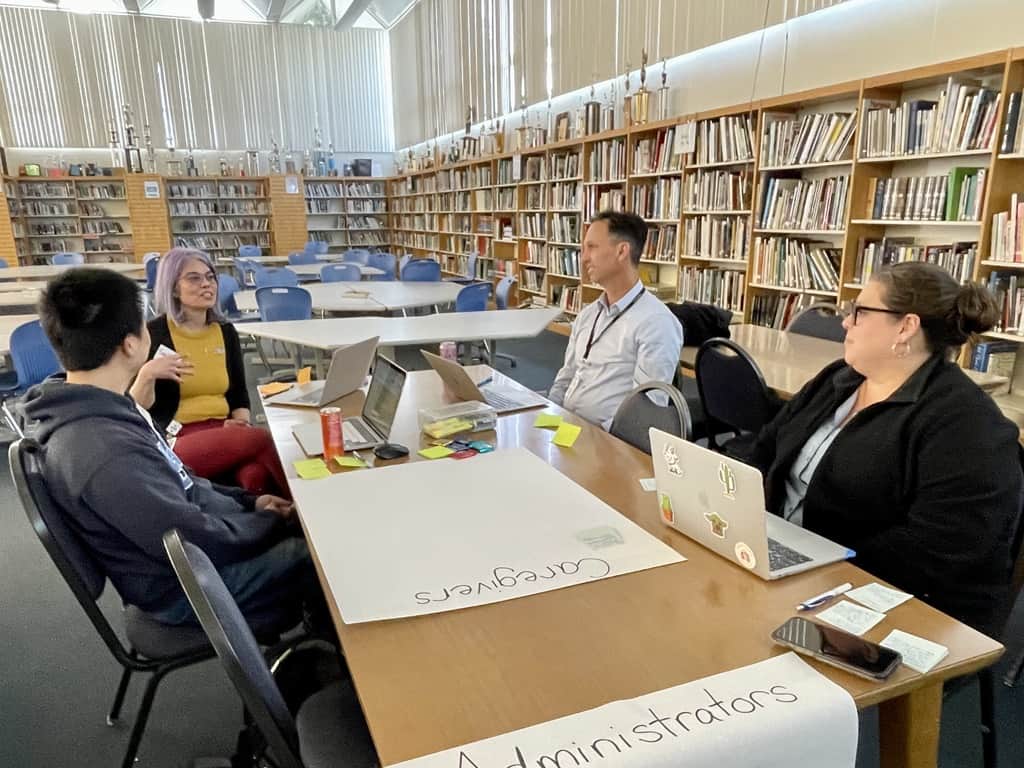We all want students to learn and enjoy intellectual engagement that intrigues their minds and motivates. ALL students must be equipped with the knowledge and skills to thrive in this way. We know, however, that the lived experience of those who have felt or feel marginalized creates inequity that we must address. Equity doesn’t begin at the classroom door. Students come to us with various levels of food security, cultural experiences, background knowledge, and individual trauma. Our schools have unequal resources and seemingly insurmountable obstacles, perpetuating inequity.
As educators, we cannot fix most of these issues, but we CAN create a positive, safe environment, and walk alongside all students as they learn and grow. As educators, we have a duty to help build self-confidence and self-efficacy in our students so that their lived experience includes people who believe and invest in them. We will not always be with our students, but our legacy will. That legacy should produce positive, affirming self-talk; it should call to mind strategies to attack problems, to learn new content, to participate actively in the work and world around them. To meet challenges. These life skills begin in equitable classrooms and apply in every facet of life. Equity in the classroom means everyone gets what they need, but not all get the same thing…sort of. All get the same dignity, all get a safe space to learn and grow, all get the best of their teacher. We may not have all of the “things” we need to create equitable factors, but we always have our words.
From that lens, teaching students that they can learn—and how they best learn—is equity in action.
What motivates and engages students?
Motivation = Students experiencing success with challenging tasks and seeing value in what they are doing. In the classroom, this means teachers attending to the practice/feedback loop. Timely and specific feedback improves student outcomes. And, context matters. Students (and teachers) should know WHY they are learning what they are learning. Students need context to process, and application to the real world is even better. Context allows students to store the new information with prior knowledge, making it more easily understood and retrievable. Learning really is threefold: retrieving (1) the correct information from your memory (2) exactly when you need it (3) to answer a question or solve a problem. Sounds simple, right? We sometimes assume lack of “remembering” is linked to apathy. But have we set them up for success? When students say, “I can’t,” or teachers say, “My students can’t,” we better be following that sentence up with “YET.” Motivate with PURPOSE.
Engagement = Challenging students at the correct level of difficulty. We need to ascertain their levels of readiness and challenge and support them accordingly. The power of “YET” plays a large role here. Without explicit instruction at the students’ level, or support to move them forward, we haven’t found the “sweet spot” of engagement, and so we must keep seeking it.
A Common Pitfall
Over-helping! It is our nature as educators, and good practice to empathize, but sometimes this means we “save” our students when they are frustrated. Too many times we ask too little of students who are begging to be challenged, waiting for someone to ask a REAL question, even a tough one, and then learn how to answer it. We are so concerned about their potential struggle or failure that we don’t allow them the joy of working through frustration to success. That promotes confidence, genuinely earned satisfaction and a belief about their future endeavors. THIS is the true application of a growth mindset that students believe they can learn. Check out this video for a very visible example.
Equity is not asking less; it is wanting more.
It is honoring the unique circumstances of all students, and engaging them appropriately, with practice and timely and specific feedback to help them experience individual success. It’s coming alongside them with words of belief and affirmation, and backing it up with challenging, rewarding work.
It is providing the WHY—the context—and helping to build prior knowledge and connecting student work to real-world problems, issues, and solutions.
It is getting to know each student’s specific strengths and areas of need, and supporting them in doing the work, not doing the hard work for them (as well intentioned as that may be).
What will your equitable classroom look like?
Bright eyes, thoughtful expressions, individual investigations, whole group, small group. It will look like all students participating—sharing their gifts, talents, and abilities with others. It will look like confident students persevering because they know their teacher believes they CAN and WILL.
What will it feel like?
Energy flowing from and to every corner of the room. It will feel comfortable, safe; it will feel like a place of trust and action, and of wrestling with real-world issues.
What will it sound like?
Active, even spirited discussions. Everyone contributes their unique voice, knowing it’s welcome and safe. It will sound like creative, collaborative learning experiences where all learn and grow.
From the student perspective, an equitable classroom looks like doors of opportunity open to all, with peers and teachers not just opening the door but also leading to the opportunity—letting students know, “This is for you…you do belong…you can do this,” maybe for the first time. Open doors of opportunity, accessible to all, signal affirmations of belief. Equitable classrooms feel like a place where all belong.
It sounds like an invitation.





